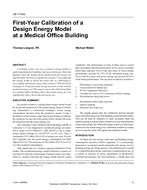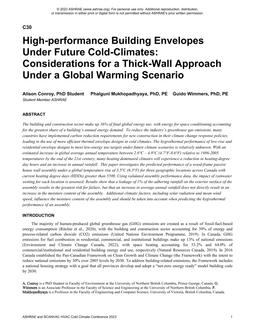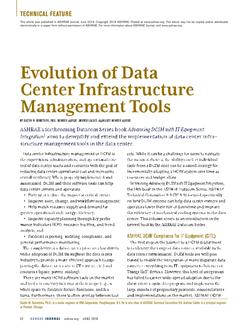An interior core daylighting system for a typical 2,500-m2 daylit high-rise office building was developed and evaluated. A 4.6m (15 ft) deep, south-oriented light-guide system with a 31m by 0.9m (103ft by 3ft) cross section was used to provide daylight to a 12.2m (40ft) deep interior core area. The distribution of daylight in the interior core from the light guide was determined. The whole-building energy performance was studied using DOE 2.1D. The core daylighting system was added to a 15-storey perimeter-daylit office building that had either high-thermal-resistance (U = 0.85 W/[M2.K ) windows on the perimeter-daylit offices. Building configurations were simulated for Edmonton, Boston, and Fort Worth. Results show that the annual electric lighting load for a 12.2m (40ft) deep interior core area adjacent to south-facing perimeter offices (i.e., 39% of the interior core) can be reduced between 44% and 66%, depending on the city. The lighting load reduction, coupled with the decrease in cooling loads, results in whole-building electrical consumption and peak demand reductions of up to 6% each, along with a corresponding decrease in chiller size. High-thermal-resistance windows can reduce heating loads by more than 30% while decreasing necessary boiler size. Life-cycle costs were lowest for the building configuration with the light-guide system and low-emissivity windows installed. the payback period for the light-guide system was estimated at less than 10 years for Boston and Forth Worth, while close to 20 years would be required in Edmonton. Reductions in capital costs for automatic light-dimming systems, increases in electrical peak demand and energy costs, or electrical peak demand reduction incentives, which vary from city to city, could reduce these payback periods.
KEYWORDS: year 1995, energy consumption, economics, payback period, multistorey buildings, offices, natural lighting, thermal resistance, electricity consumption, windows, double glazing, energy conservation, gas consumption, service life, costs, insulating window films, luminance, calculating, transmittance, cooling load, heat load, daylight factor, controls
Citation: ASHRAE Trans. 1995, Vol.101, Part 1, Paper number 3865, 370-385, 18 figs., tabs., refs.
Product Details
- Published:
- 1995
- File Size:
- 1 file , 1.9 MB
- Product Code(s):
- D-16739


